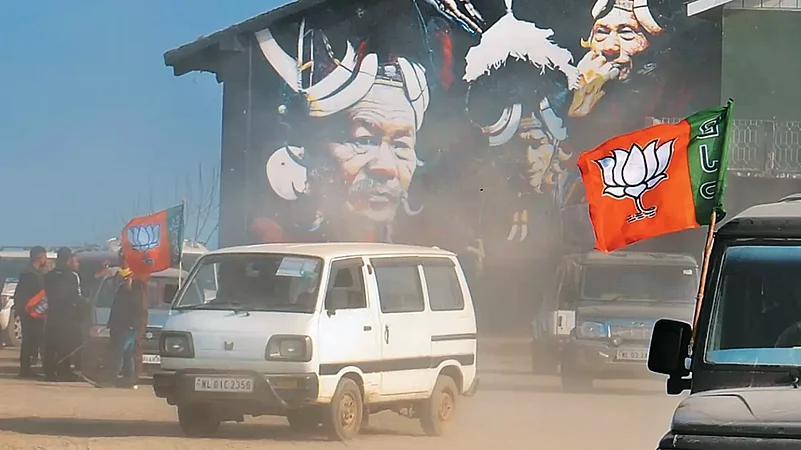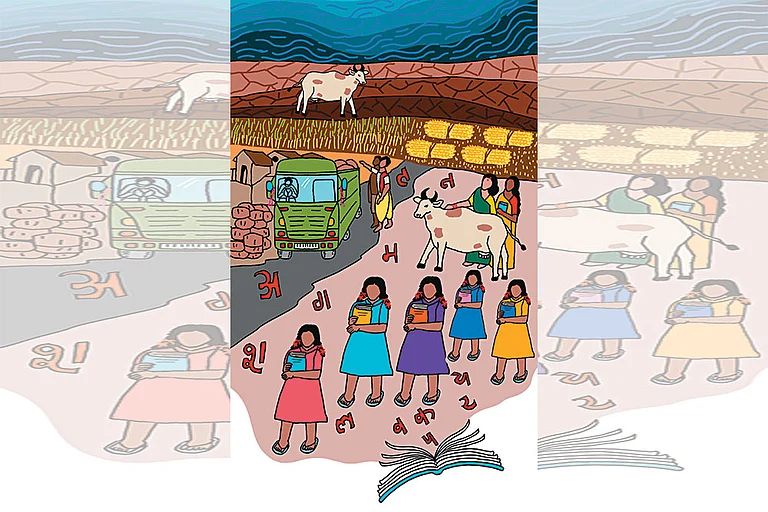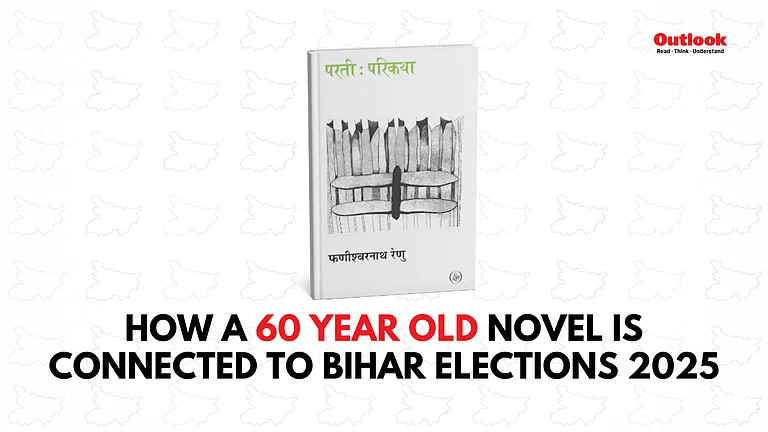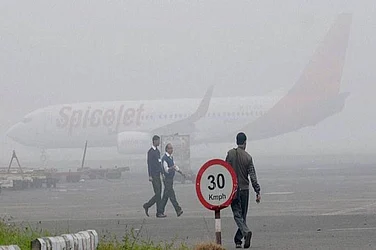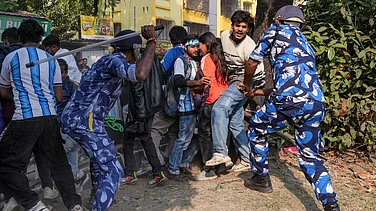This article was published in the Outlook magazine issue 'One Nation, One Election/One Nation, Many People' dated October 1, 2023. To read more article from the issue, click here.
The government has reopened the debate on the need to introduce simultaneous elections to both the State assemblies and the Parliament. Proponents of One Nation, One Election (ONOE) assume that this will offer substantial economies of scale and scope that will help economise the administrative costs of holding elections, which include expenses on training and deployment of personnel, awareness campaigns, transporting electronic voting machines (EVMs) and deployment of security forces.
But are the potential savings all that substantial? The government has not shared any estimates about this so far. Extrapolating the figures provided by the Election Commission (EC) during an earlier iteration of this debate, it can be said that Parliamentary elections cost about 5,000 crores and assembly elections in a large state cost about 500 crores. Even if the cost of purchasing more EVMs for simultaneous elections is ignored, the savings are unlikely to exceed Rs 50 per citizen over a period of five years.
The indirect costs of the current model of elections are arguably enormous. The model code of conduct and diversion of administration for elections hinder the functioning of the government. (The diversion, though, accounts for barely 2-3 per cent of a government’s tenure.) Moreover, the political leadership, especially, at the Union level, is always in election mode making it risk-averse. So, under the current arrangement, elections induce both policy paralysis and policy myopia. To these we can add hidden costs as candidates and parties spend much more than the prescribed limits, which amounts to the diversion of scarce resources from productive projects to speculative investments in elections. In fact, the increasing illicit expenditure during elections is closely associated with corruption and black money.
Proponents claim that ONOE is a magic bullet that will eliminate corruption, rein in the black economy, save tax payers’ money and allow the ruling parties to focus on governance. To top it all, they say that ONOE will foster a sense of oneness and promote national integration by orienting everyone toward a larger national agenda rather than parochial issues. It will also improve participation by reducing voter fatigue induced by too many elections.
As already noted, the potential direct savings to the taxpayer are not substantial. Moreover, it is likely that expenditure and divisiveness of campaigns will spike under ONOE as parties will be desperate to win the high-stakes election at any cost since it will seal their fate for the next five years.
More importantly, proposals for simultaneous elections are underpinned by two questionable assumptions: the optimal cycle of evaluation does not vary across tiers of government and voter choice is independent of the format of elections.
The ideal tenure of governments represents a trade-off between stability and the need to provide people with reasonably frequent opportunities to evaluate the government. The national government is expected to provide public goods that require larger investments and have longer gestation periods compared to public goods provided by state and local governments. Evaluation cycles cannot but vary across tiers of government rendering the rationale for simultaneous elections moot. Moreover, cross-cutting election schedules at the Centre and state makes room for accountability in the absence of the Right to Recall.
Further, clubbing elections to various tiers of the government could systematically favour larger political parties. Indeed, in the era of simultaneous elections that lasted until the late 1960s, the country was governed by the same party across tiers. While the end of this era is attributed to Indira Gandhi’s inner-party compulsions, the turbulent transition from a one-party to multi-party polity would have anyway forced the uncoupling of Parliamentary and state elections.
The recoupling of elections may benefit the national parties as it will help them deploy their campaign resources more efficiently. This can potentially alter the political landscape by limiting the space for smaller parties including the smaller national parties. Other than the two main national parties, there are three types of parties in the country: multi-state parties with a strong presence in one state, one-state parties and sub-state parties. Under the present arrangement, despite resource constraints some of the smaller parties can contest assembly elections in several states and graduate to the status of national party as different states face elections at different times. Simultaneous elections will force these parties to choose between stretching their resources thin across states and focusing on the state of primary interest to them.
More generally, the smaller parties will face a disadvantage as national parties will be able to outspend their rivals and frame the agenda of elections in terms of pan-Indian concerns. This will not significantly impact South Indian states, where national parties have not been in power for a long time and the state parties are deeply entrenched and command substantial resources. However, the survival of parties in smaller states and union territories such as Nagaland and Jammu and Kashmir located in India’s geographical periphery could be adversely affected.
Decline of local parties in ‘peripheral’ states will severely restrict the choice available to voters as their preferences are not closely aligned with that of voters in the ‘mainland’. A national party monopolising the electoral space in such states leads to a situation where the value of their limited representation in Parliament is further eroded. (Larger states have substantial representation in Parliament and their MPs can pressure the government en bloc even if they belong to the ruling party.) Constrained space for smaller parties and limited voice for smaller states will adversely affect federalism.
It is also noteworthy that while several states and even the country faced frequent elections between the late 1970s and the late 1990s, over the past two decades, most assemblies and Parliaments completed their terms and, after the late 2000s, most elections delivered clear verdicts. The rationale for simultaneous elections is, therefore, moot, particularly, because it rests on flawed assumptions about the purpose and nature of elections.
The focus on simultaneous elections is, in fact, counterproductive as it diverts attention away from other reforms necessary for improving the electoral system. These include campaign finance reforms to create a level playing field, police reforms to obviate the need for deploying central armed paramilitary forces during elections, regulation of the misuse of digital media to influence voters, law against hate speech during election campaigns, introduction of the Right to Recall to enhance accountability and reforms to introduce reservation for women in legislatures.
(Views expressed are personal)
(This appeared in the print as 'Advantage Large National Parties')
Vikas Kumar teaches economics at Azim Premji University, Bengaluru






